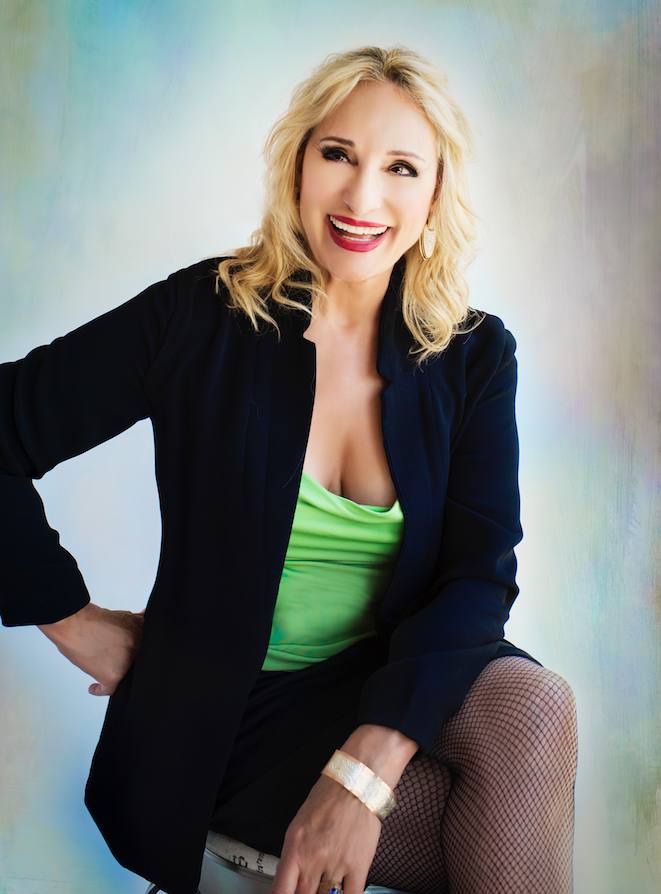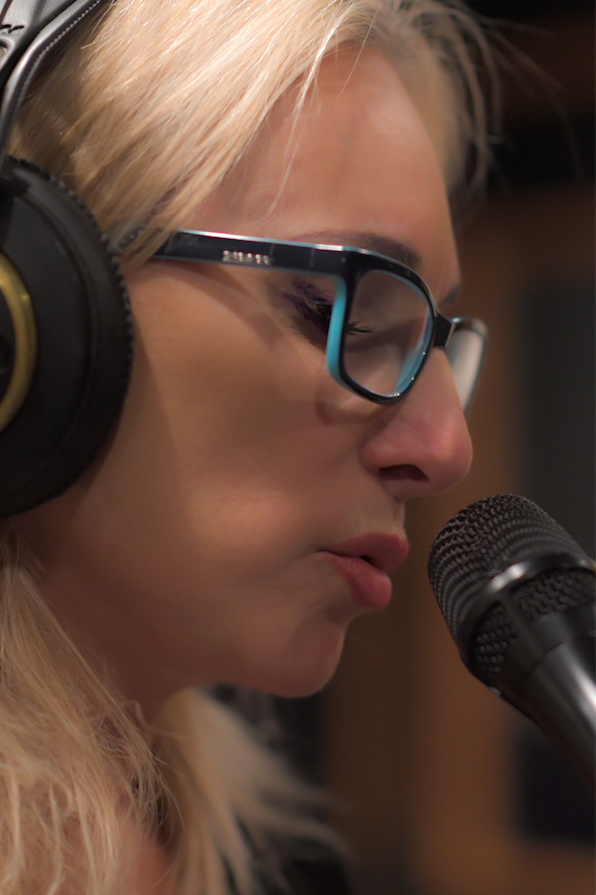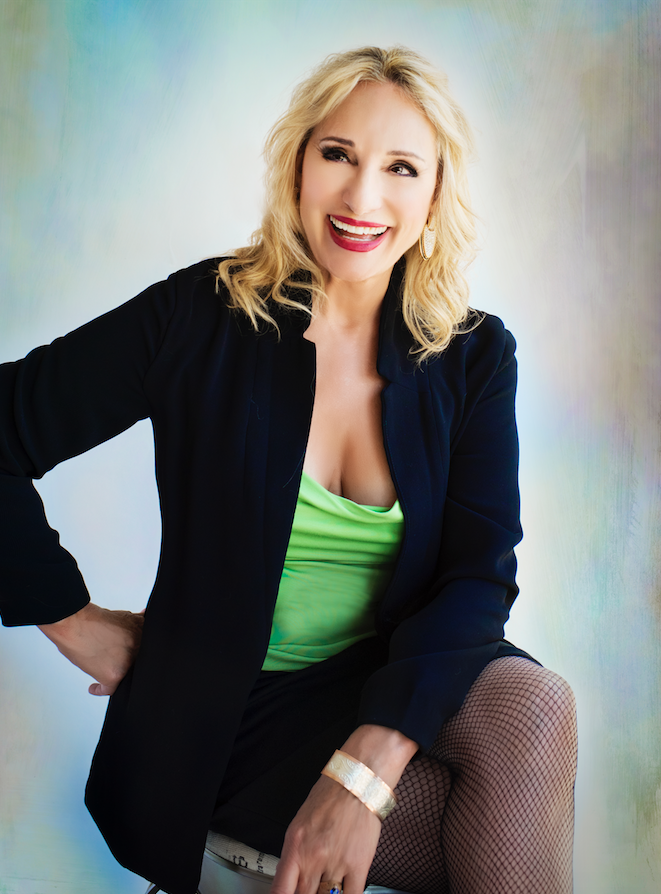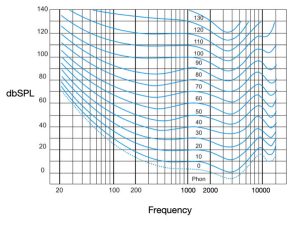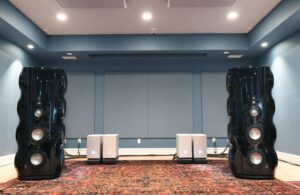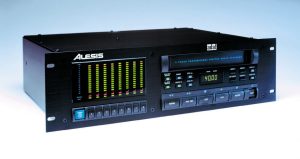Lyn Stanley (photograph by Evelina Pentcheva)
Synopsis: Preparation for the making a Direct-To-Disc recording is more complicated than a typical album. In this follow-up article to Lyn Stanley's Direct-To-Disc discussion elsewhere in Issue 101 of Positive Feedback, she outlines what are her key considerations and process needed to produce a challenging live format directly to a lacquer with no fixes possible.
In this discussion, I will go into more detail about what I need to do to prepare for the Direct-to-Disc (D2D) recording I am creating this January. The caveat is the engineering team must decide on the equipment they want to use after they hear our music. So, the first stage in my preparation is finding the right experienced engineers to deliver what we need for an excellent recording. We will have "mock" (described below) session run through, and the equipment information will be on the album's liner notes.
The next challenge is to find musicians that were fearless and have D2D experience. This may seem like an odd statement, but the last thing you need on recording day is for a musician to get shy or timid when they know there are no overdubs or retakes. Because I am lucky to work with some of the best jazz musicians in Los Angeles, who have been on so many great albums, getting the right folks is easier than it might otherwise be.
Next, because I wanted a real "live" feel, I decided not to hire arrangers. Instead, my band and I are creating the arrangements as a group. This put additional work on all of us, and requires a demo session to go over the music. It's not an inexpensive way to go. Getting the correct feel, tempos, and arranging the musician's entry and exits must be discussed and negotiated. I then have a copyist listen to our demos and create charts based on what we did with each song. We watch the time diligently because doing a D2D requires control over the songs' time on one side of the lacquer to remain in the "sweet" spot of the lacquer, and not to close to the edges or the center.
Our D2D will be a 45RPM, so this is important information for the mastering engineer, who will also need to know what instruments we will be using in the band. Typically D2D engineers like smaller bands. In my case there will be piano, bass, drums, percussion, guitar, and vocal. That's a lot for the engineer to mix and managing the tracking on at the same time. Then add the mastering engineer working with the lacquer capture (recall D2D are not mastered) and the feed from the mixing engineer. It's complicated!
The recording engineer has to struggle with the correct board to use, because in our case, the best lathe in Los Angeles belongs to Bernie Grundman. A subpar board will not do, and the engineer carefully thinks this through. Bernie Grundman's mastering studio is NOT a recording studio. Rather, we are setting up in his coffee/lounge area. It can get crowded and the engineers must watch bleeds from one instrument to another's space. So, you might ask, what am I doing to prepare for that part of the recording session?
About three weeks before we actually record the Direct to Disc, the band members and I will meet at a well-known studio, the same one I used for my Interludes and London Calling – A Toast To Julie London albums. At this time, I will review the charts the copyist has created from our last session, and we will review them for accuracy and changes needed, if any. We will also review any remaining songs that we might want to include, and record our ideas again. Meanwhile, the engineers for the D2D recording—in this case it will be Allen Sides (of Ocean Way) and Steve Genewick (Capitol Recording Studios)—will go over the equipment specifications needed for the actual session, given what they are hearing us play. They will also select the microphones and decide on their placement for the actual session. This is a sort of "mock" session, more or less, but under controlled studio settings.
It is important that we get the sequencing correct for the album, especially in vinyl. In the digital world, listeners can skip around, but in vinyl much care has to be taken to keep the listening experience enjoyable. Linda Ronstadt spent about four months on this stage alone. This means that we will record our songs at the mock session, and then decide what songs should be on each side and in what sequence in the real session. Details, details—it is all in the details.
Lyn Stanley in the studio (photograph by Mark Lewis)
When the actual D2D session occurs it will take two days to create the album plus an additional day to set up the studio. My guess is there will be two lacquers created for each side, as my musicians get bored fast and they are typically spot-on when prepared. We will be capturing, through direct lines, the PCM, DSD, and tape formats of the album at the same time the lacquer is being prepared by Bernie. This will require extra experts, but the customized equipment at Bernie Grundman's for these formats is available. The only augmentations will be the recording equipment, microphones, and hopefully a gorgeous sounding Steinway piano.
So far, the working title of this album, because it is a continuation of my Julie London tribute series, will be London With A Twist – Lyn Stanley Live At Bernie's. The songs we are working on for this album will include jazzed up versions of some songs never covered by Julie (hence the "Twist"), and they are "Pink Cadillac," "You Never Can Tell," "Route 66," and possibly "Mustang Sally." Songs covered by Julie that I expect to be on the album include "Body and Soul," "Lover Man," "What Is This Thing Called Love," "Girl Talk," "I've Got You Under My Skin," and "Let There Be Love."
While we can never predict everything in recording music, being prepared as best as you can helps keep everyone relaxed and focused. I have some amazing musicians scheduled for this album, including (piano) Mike Lang (from my Lost In Romance and Potions [from the 50s' albums], and Otmaro Ruiz (worked with Auturo Sandoval for years); bass, Chuck Berghofer; drums, Aaron Serfaty; guitar, John Chiodini; and percussion, Luis Conte.
About Lyn Stanley
An international recording artist with six albums released since 2013, Lyn Stanley has achieved notable worldwide sales in jazz, with over 40,000 albums purchased as an Independent artist with limited distribution. She has received accolades for her recordings by the audiophile community by using high profile studios, top-tier engineering talent, and noted jazz musicians perform on her albums. Discovered by Paul Smith, Ella Fitzgerald's pianist, Smith launched Stanley's career in 2011 by having her perform seven songs with his trio at Alva's Showroom in San Pedro, CA. Lyn is recognized for her beautiful voice by many jazz critics, including the renowned jazz historian, Scott Yanow.
National and international jazz critics and programmers refer to Lyn as an "outstanding" jazz stylist of the American Songbook. Her website is https://lynstanley.com




